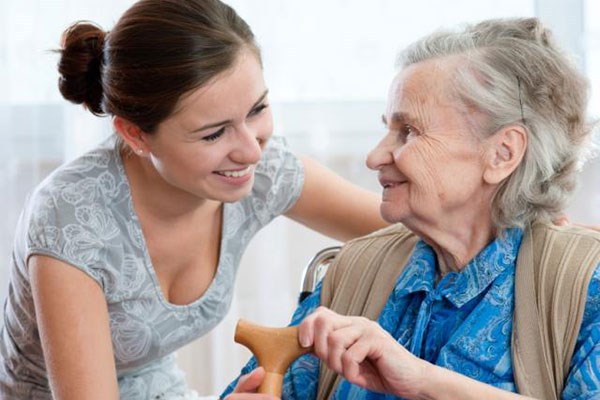
01/30/2015
Lowell Sun
By Hiroko Sato
LOWELL -- The UMass Lowell Safe Home Care Project, led by Margaret Quinn, a professor in the university's Department of Work Environment, recently received a $2.4 million grant from the National Institute or Occupational Safety and Health. The goal of the project is to find ways to effectively disinfect homes without compromising the health of residents and home-care providers, or the environment.
Quinn recently answered 10 questions about the Safe Home Care Project.
Q: How did the project come about?
A: I have been very interested in preserving a healthy environment, both indoors and outdoors. Many of our students are interested in (creating) a healthy workplace. This project is an intersection of healthy workplace and healthy environment. This project is one example of that.
Q: How so?
A: Home care sometimes is invisible. But it's one of the fastest-growing industries in the United States. As we have an aging population, we need a strong, healthy workforce to meet the needs of all the citizens.
Q: What do you think helped your team secure the competitive grant?
A: We successfully competed because we have been building a strong research team around green environmental practices, specifically in home care, for over 12 years. We are providing home-care agencies with the scientific information to continually update good practices for cleaning and disinfection and other healthy home environment features. We had an emphasis on secondhand smoke in homes and fire hazards when someone is working with oxygen.
We are working with elder communities about how you can prepare your home for home-care workers to come in.
Q: What makes cleaning and disinfecting products potentially toxic?
A: One of them is whether or not it can escape into the air to cause asthma or other respiratory illnesses, or absorbed into the skin. Another dimension of the toxicity is what we call bio-persistence. Some molecules don't break down easily when mixed in water, (used to) wipe the floor, and goes into the drain.
Q: Why is it challenging to develop safe and effective disinfecting products?
A: Cleaning/disinfecting and protection/promotion of good indoor environment and respiratory health have developed separately from each other. Cleaners apply more and more sprays than wiping. Manufacturers are developing stronger and stronger products (to protect people from harmful bacteria).
Q: What kind of bacteria are we talking about?
A: They are such bacteria as E. coli, methicillin-resistant Staphylococcus aureus (MRSA) and Clostridium difficile (C. difficile). More recently, strains have evolved in especially hospitals and some other institutional settings. If clients have been in hospitals and go back home, they could have MRSA exposure.
Q: Why can't the bacteria be eliminated with the use of regular cleaning solutions?
A: Some of the things we are using now remove surface soil. Some of them do also kill or inactivate microorganisms, and some don't do such a good job. We are trying to identify which common products off the supermarket shelves and do-it-yourself products (kill or inactivate microorganisms), and how well some of those work for cleaning and disinfecting.
Q: How effective are commonly available cleaning products?
A: The wonderful news is that in the last decade, quite a number of safer alternatives have been developed by manufacturers. Some of them are called green products, and some others may be still in development stages. So what we are trying to do is to help first evaluate to make sure these new, safer products do the job that they need to do and how they can be adapted into the (home-care) industry.
Q: What kind of new cleaning and disinfecting technologies and products are being developmental?
A: Nano-technologies, steam-cleaning, UV light as a form of radiation -- those are just examples of new technologies. These are still newly emerging, and we are trying to test them out in real applications to see if we can accelerate the use and improve the environment and the care. We always test it for environmental soundness as well as for humans and public safety.
Q: How does the result of your team's research help?
A: There is a wonderful industrial and governmental network of partners. They provide information to us, and our information gets translated and distributed. The research team includes Nancy Goodyear, assistant professor at the Department of Clinical Laboratory and Nutritional Sciences, Manuel Cifuentes, associate professor at the Department of Work Environment, and research professors Pia Markkanen and Susan Sama.
